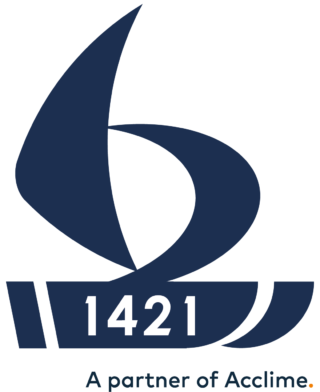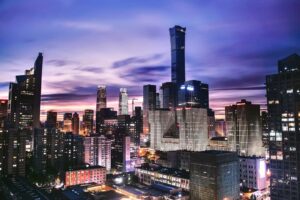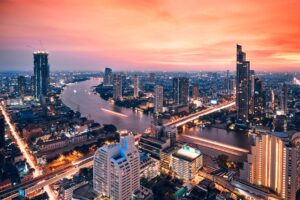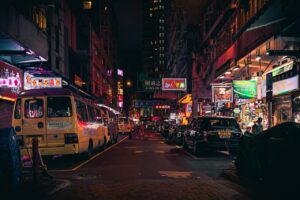What Does Shenzhen Model City Mean?
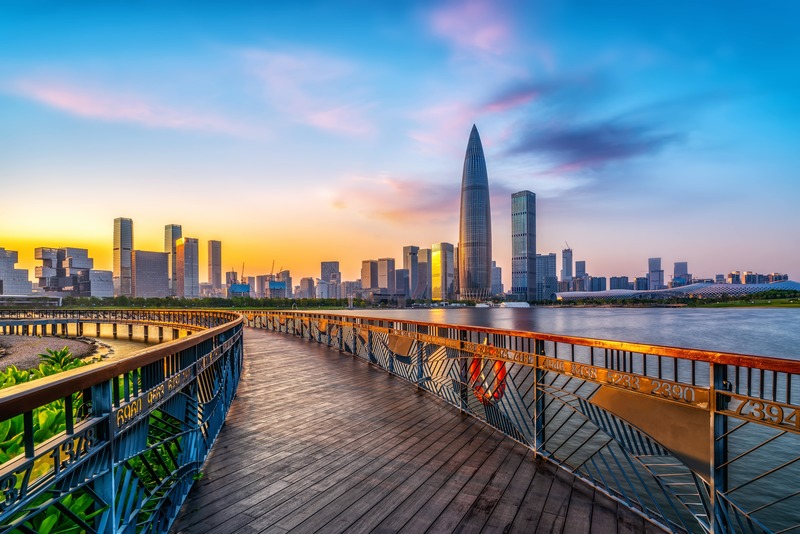
What Does Shenzhen Model City Mean?
What makes Shenzhen Shenzhen, and how is this “model city” an important city of China?
In this article, we will look at what distinguishes Shenzhen historically, economically, and culturally. We will also look into Shenzhen’s future policy plans and what’s next for the foreign community there in this city.
Historically
Often writers, Chinese officials, and journalists mention that Shenzhen was merely a fishing village 40 years ago, which is not entirely inaccurate. Now in 2021, it’s a giant metropolis, which is also true; but these two facts which are not mutually exclusive in this part of the world is true for nearly every other city in the PRC as well. Let’s not forget that, 40 years ago, the urbanization rate of all of China was under 20%, and now it is over 60%. That’s enormous, The United States went from 74% to 80% in the same time and United Kingdom went from 78% to 83%.
Not to be disingenuous to a city that has accomplished great things. Shenzhen is a special, distinctive, developed, modern, and very, very wealthy city. But Shenzhen existed before China embraced neoliberalism, the city existed before the free trade zones, and before open up and reform gave Shenzhen the autonomy to become what it is today. It was not an insignificant city before 1980, even if it wasn’t the household name today.
Shenzhen’s modern history is tied to its’ colonial neighbor Hong Kong. Luohu, or as it was known then Lo Hu, served as the last stop on the KCR railway. At that time, Shenzhen was home to casinos and a home base to important trade unions involved in Hong Kong. After the PRC’s establishment, hundreds of thousands of refugees lived in Shenzhen on their way to Hong Kong, where they either stayed temporarily or established themselves there permanently.
From the 1980s until the early 2000s, it was very clear that Shenzhen is different from China. This was true economically, with the Shenzhen Free Trade zone raising foreign investment and implementing a free-market policy. This was also true physically, with a giant barb-wire fence separating it from the rest of China until 2018.
The rest is well known, reform and opening started, and Shenzhen was chosen, due to its proximity to Hong Kong, as one of several pilot cities to test out the free market. Shenzhen was more successful than others, and now it’s arguably the center of the world.
Economically
The GDP per capita of Shenzhen is about $30,000, which is about three times more than the national average (and at about the same level as of South Korea).
So far, Shenzhen has received about $300 billion in FDI. There have been nearly 100,000 foreign enterprises established since the 1980s, accounting for just about 2% of the total number of businesses established. But, that mere 2% creates about 20% of Shenzhen’s GDP and pays nearly 30% of its taxes.
Nowadays, the most famous companies in Shenzhen are certainly not of foreign origin. The city is the home of Tencent, BYD, DGI, Huawei, Baidu, Pingan, all the pride of China’s corporate landscape.
There is a lot of speculation about how Shenzhen was able to attract so many behemoths so quickly. It could be the local government’s direct involvement, such as rewarding tech entrepreneurs with free rent and cash incentives for winning awards (e.g., an “innovation” award).
It could be the proximity to Hong Kong, and it could also just be that they were able to achieve a critical mass of talent and a culture of innovation.
The culture of Shenzhen
Shenzhen’s culture is far from the Canton culture of its neighboring city of Guangzhou or Hong Kong. It has, since reform and open, received a massive influx of Chinese from outside of the local area, or as it is known in China, Waidiren (外地人)
These Waidiren were holding (and still do) high-level administration posts in the government and private enterprise from the start of the city’s growth, and created a culture where your local relationships, or Guangxi (关系)was not nearly as important as it is elsewhere in China because nobody knows anybody!
Very few families have lived in Shenzhen for more than 2 generations, and the people are from all over China, so there are no traditions, no distinctive cultural traits. But, there is an acceptance of Chinese outsiders by their own merits that is unique to Shenzhen. The local language is Mandarin Chinese, and the local religions are productivity and money.
The central goverment’s plan for Shenzhen’s future
According to the 5-year plan for 2020-2025, the central government plans to give Shenzhen even more autonomy in a general sense. The Government mentions twice1,2 that Shenzhen will have more decision-making power, which will manifest itself in several interesting ways.
The Shenzhen government will be able to convert land either not in use, and in a limited sense, agricultural land into commercial or urban land3. They are also going to reform the residence permit system4, which has left many Chinese citizens without access to public services like education or health care due to their birth locations.
Shenzhen was the most successful pilot city so far for the new digital RMB, and the city is going to have its digital RMB rights expanded to test the concept further5. It’s included in the Shenzhen’s Future policy.
There will also be intellectual property reforms for scientists and researchers, allowing more private ownership over their intellectual property and potentially transferring intellectual property rights through government-funded research to the researchers or designers and small and medium-sized enterprises6,7.
Intellectual property outside of technology will also receive further legal protections. Reforms are planned for filing IP infringement cases, making it easier to file and more difficult to obstruct justice to avoid punishment8.
There is good news for foreigners looking to invest or to start companies in Shenzhen. The free trade zones and special economic zones of Shenzhen will continue to open and change, new laws and legislation will be coming in the future9, which will likely attempt to attract the usual suspects. AI, logistics, alternative energy, semiconductor, etc. These SEZ/FTZs have historically been very popular and continue to be popular to this day. As well as SEZ reform, foreigners will now have more access to previously restricted industries to Chinese only. Energy, telecommunications, public utilities, transportation, education, and other previously black or greylisted fields will “relax” their foreign prohibiting regulations10. Medical standards and drugs are also to be more internationalized11, creating opportunities for the international medical community.
The CCP’s Shenzhen goals are lofty, and there are few, if any, quantitative standards to hold them to. No dates, few specifics, just big ideas, and directions. The SEZ will change, but we don’t know how. IP will have stronger protections, but we cannot say what those protections will be or when they will be implemented specifically. However, it is a good indication of the direction the CCP wants to take the city and what is yet to come. Shenzhen’s success is China’s success, as the city has caught the eye of the world. The CCP is well aware of this fact, even goes so far as to encourage it. Therefore, it is a safe bet that Shenzhen will continue to grow and to prosper and attract foreign companies and talents for years to come.
Read the central government’s plan for Shenzhen’s future here
There is an exciting startup culture, an enormous middle and upper middle class of consumers, as well as a large and diverse talent pool. If you have any questions about setting up an enterprise in Shenzhen, please contact Jack, the manager of our PRD office.
Related posts
